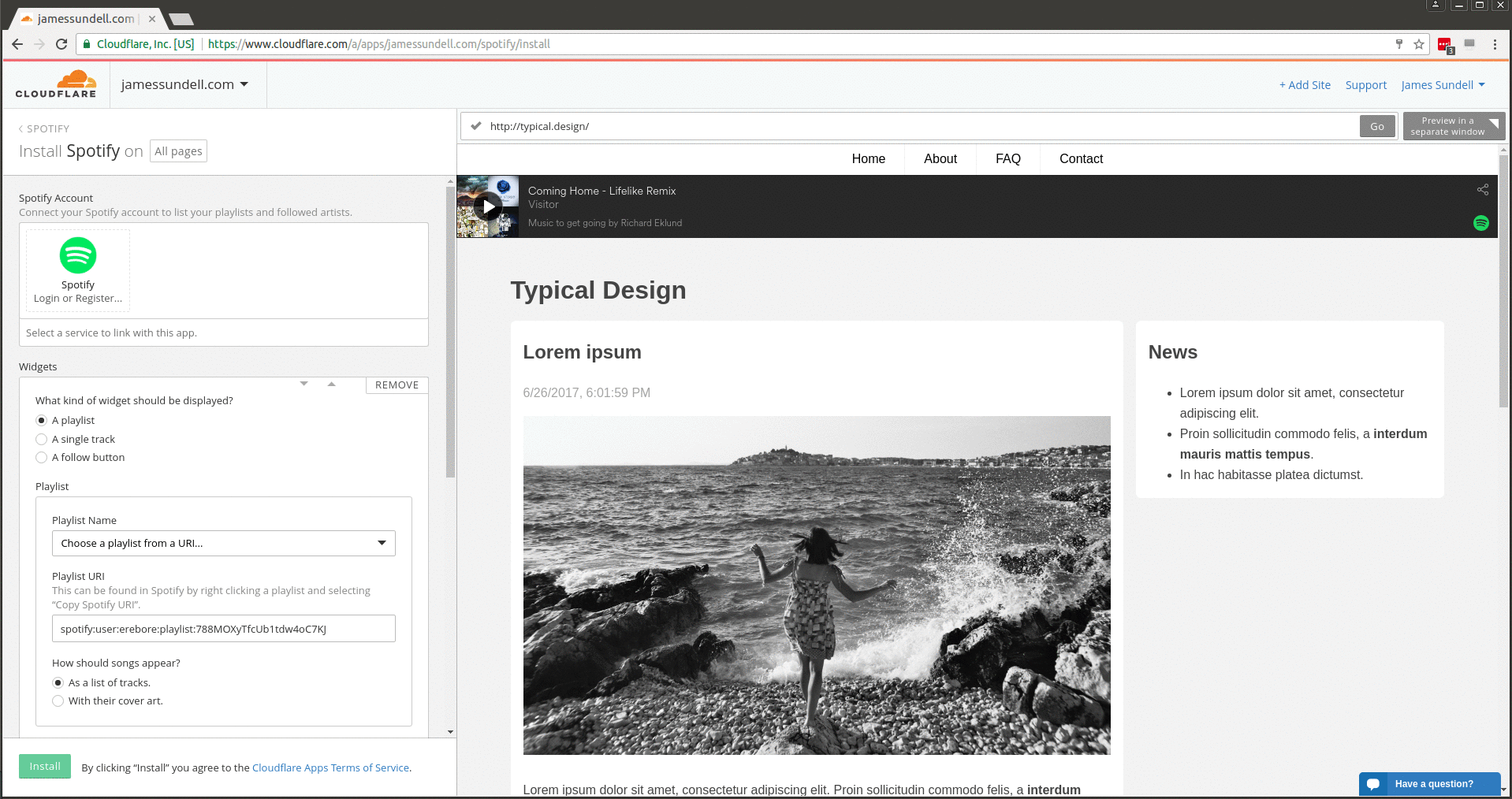HPE Bolsters AI Push With a Focus on Deep Learning
 Gartner claims vendors need to make AI simple to deploy and show a business case.
Gartner claims vendors need to make AI simple to deploy and show a business case.
 Gartner claims vendors need to make AI simple to deploy and show a business case.
Gartner claims vendors need to make AI simple to deploy and show a business case.
 It allows enterprises to deploy Kubernetes-based containers on premises and in Google Cloud Platform.
It allows enterprises to deploy Kubernetes-based containers on premises and in Google Cloud Platform.
The talk about ARM-based servers pushing their way into the datacenter has been going for almost a decade now, during which time we have seen companies like Samsung drop their interest before they really got going on it and others like AMD getting an ARM-based chip out but then turning their attention to other initiatives.
We have also seen vendors like Cavium and Applied Micro get chips to market with some levels of adoption. Top system OEMs like Dell, Hewlett Packard Enterprise, Lenovo, and Cray are using these chips to various degrees in commercially available or test servers. And the …
Qualcomm Builds Momentum For Centriq ARM Server Chip was written by Jeffrey Burt at The Next Platform.
Today’s enterprises need deep learning, but most don’t know how to get started. As rising data volumes and evolving industry trends push the limits of traditional IT, the latest innovations are helping them operate faster and smarter—and high performance computing is just the beginning.
Enterprises are deploying robust server platforms to power HPC applications, leveraging optimal performance, reliability, and flexibility to handle increasingly dense workloads. And with these industry-leading tools, modeling and simulation capabilities are rapidly evolving. Artificial intelligence is transforming how we operate and relate to technology. AI allows machines to think and learn like the human brain, while …
HPE Demystifies Deep Learning For Faster Intelligence was written by Timothy Prickett Morgan at The Next Platform.


Earlier this year, Cloudflare Apps was launched so app developers may leverage our global network of 6 million+ websites, applications, and APIs. I’d like to take a moment to highlight Spotify, which was a launch partner for Cloudflare Apps, especially since they have elected to open source the code to their Cloudflare App.
About Spotify
Spotify is the leading digital service for streaming music, serving more than 140 million listeners.
What does the Spotify app do?
Recently, Spotify launched a Cloudflare App to instantly and easily embed the Spotify player onto your website without having to copy / paste anything.
Who should install the Spotify app?
A musician who runs a site for their band - they can now play samples of new tracks on their tour calendar page and psych up their fans.
A game creator who wants to share their game's soundtrack with their fans.
An activewear company which wants to deliver popular running playlists to its customers.
Web properties that install the Spotify app have the ability to increase user engagement.
Add Spotify widgets to your web pages and let your users play tracks and follow Spotify profiles. Add a Spotify Play Button Continue reading
In case you missed it last week, here are the highlights from DockerCon Europe 2017 including recordings of the keynotes. We’re excited to announce that most of the breakout videos are now available online! A big thanks to all our awesome speakers for working hard on the content of their sessions. All the videos are published on the Docker Website, the slides available from the Docker Slideshare account and photos soon uploaded to a DockerCon EU 2017 album on facebook.

Here are the links to the playlists of each track:
Using Docker sessions are introductory sessions for Docker users, dev and ops alike. Filled with practical advice, learnings and insight, these sessions will help you get started with Docker or better implement Docker into your workflow.
Docker Best Practices sessions provide a deeper dive into Docker tooling, implementation and real world production use recommendations. If you are ready to get to the next level with your Docker usage, join this track for best practices from the Docker team.
Use case sessions highlight how companies are using Docker to modernize their infrastructure and build, ship and run distributed applications. These sessions are heavy on Continue reading
 The platform automatically maps out network device topology.
The platform automatically maps out network device topology.
Donnie Savage joins Network Collective to talk about his role in the history of EIGRP. From its early implementations to moving this formerly fully proprietary protocol through the IETF, Donnie has played a significant role in guiding EIGRP to where it is today.
Outro Music:
Danger Storm Kevin MacLeod (incompetech.com)
Licensed under Creative Commons: By Attribution 3.0 License
http://creativecommons.org/licenses/by/3.0/
The post History Of Networking – Donnie Savage – EIGRP appeared first on Network Collective.
 This latest move further differentiates Microsoft from rival AWS in the cloud space.
This latest move further differentiates Microsoft from rival AWS in the cloud space.
The post Worth Reading: 4 Tips to Fight Propoganda appeared first on rule 11 reader.
 The new all-flash storage supports the analytics engine that updates patient risk scores every night.
The new all-flash storage supports the analytics engine that updates patient risk scores every night.